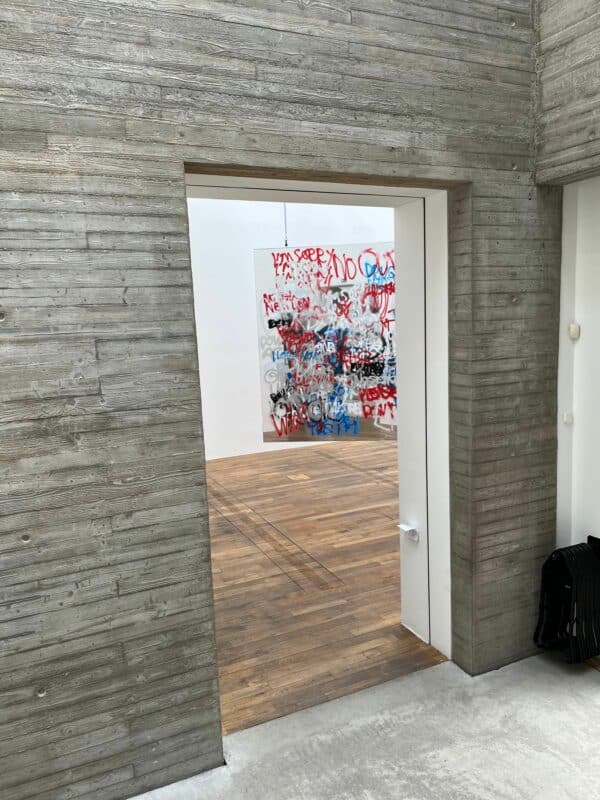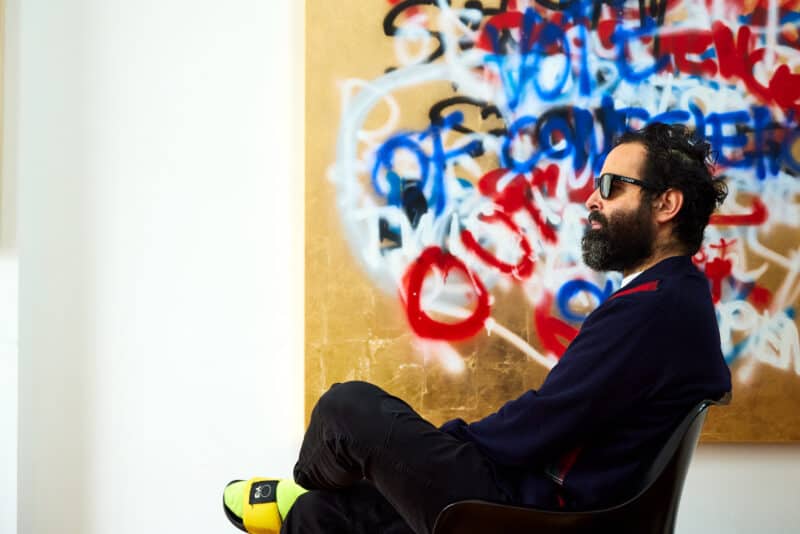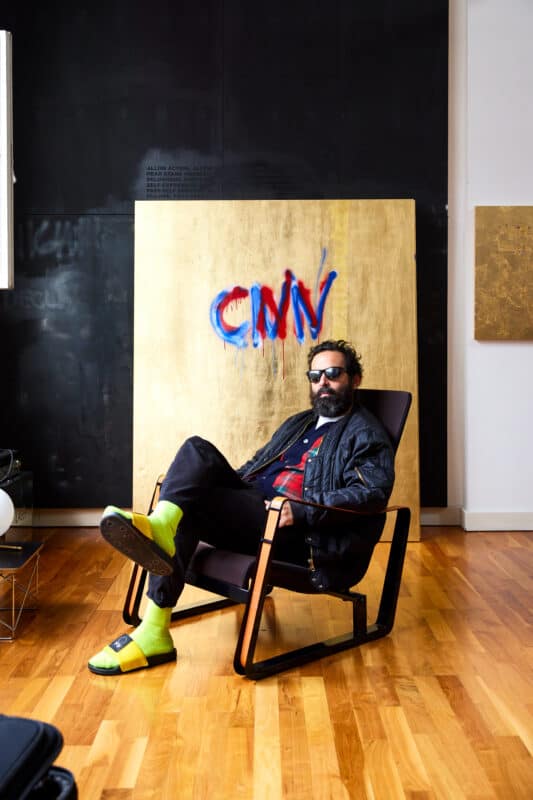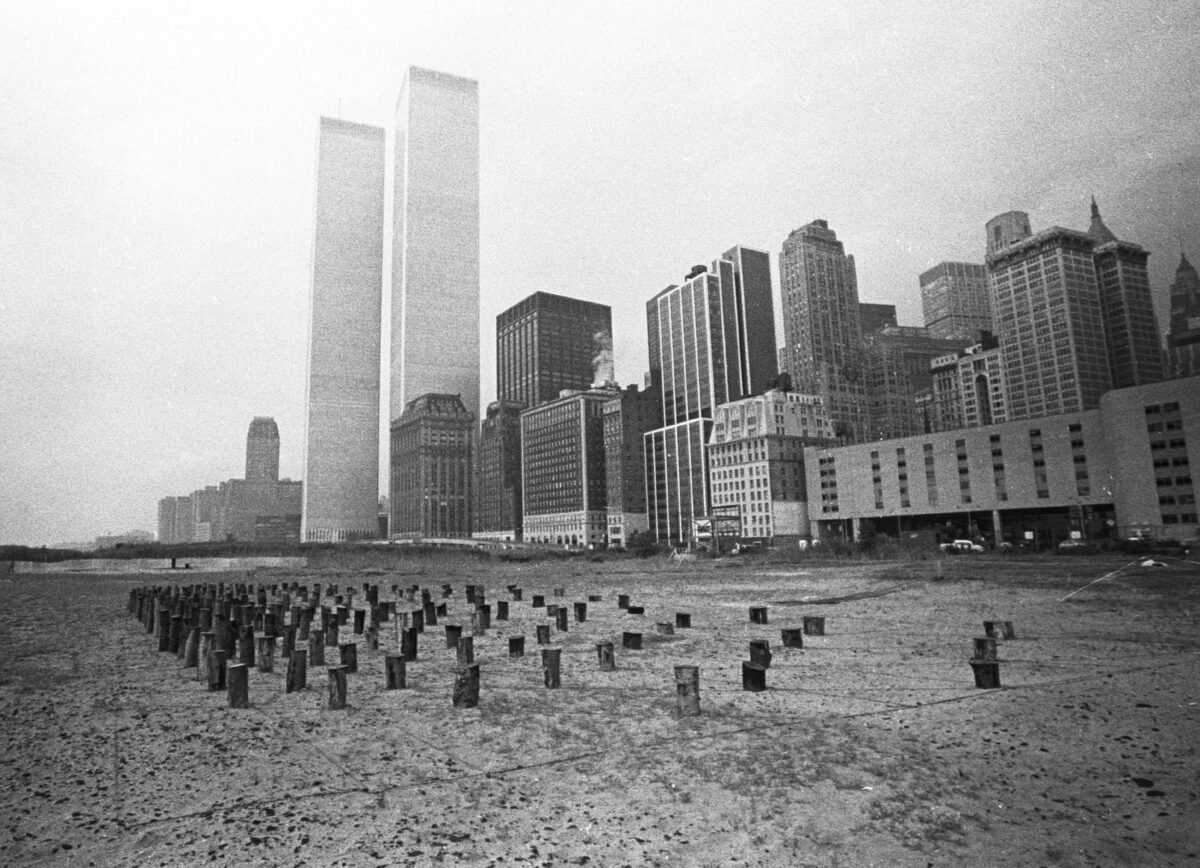
This Autumn, Mostyn, Llandundo, Wales, presents a new exhibition of work by American artist, Rosemarie Castoro (1939-2015) and will also restage one of her most ambitious public projects on a prominent location – a work only ever presented one time before in the late 1970s in New York, and created from over 200 trees trunks. The work – ‘Trap A Zoid’ – described by Castoro as “painting you can walk in” will be visible from Happy Valley, overlooking Llandudno beach and will be created for this second iteration using reclaimed tree trunks donated by a local North Welsh timber cooperative.
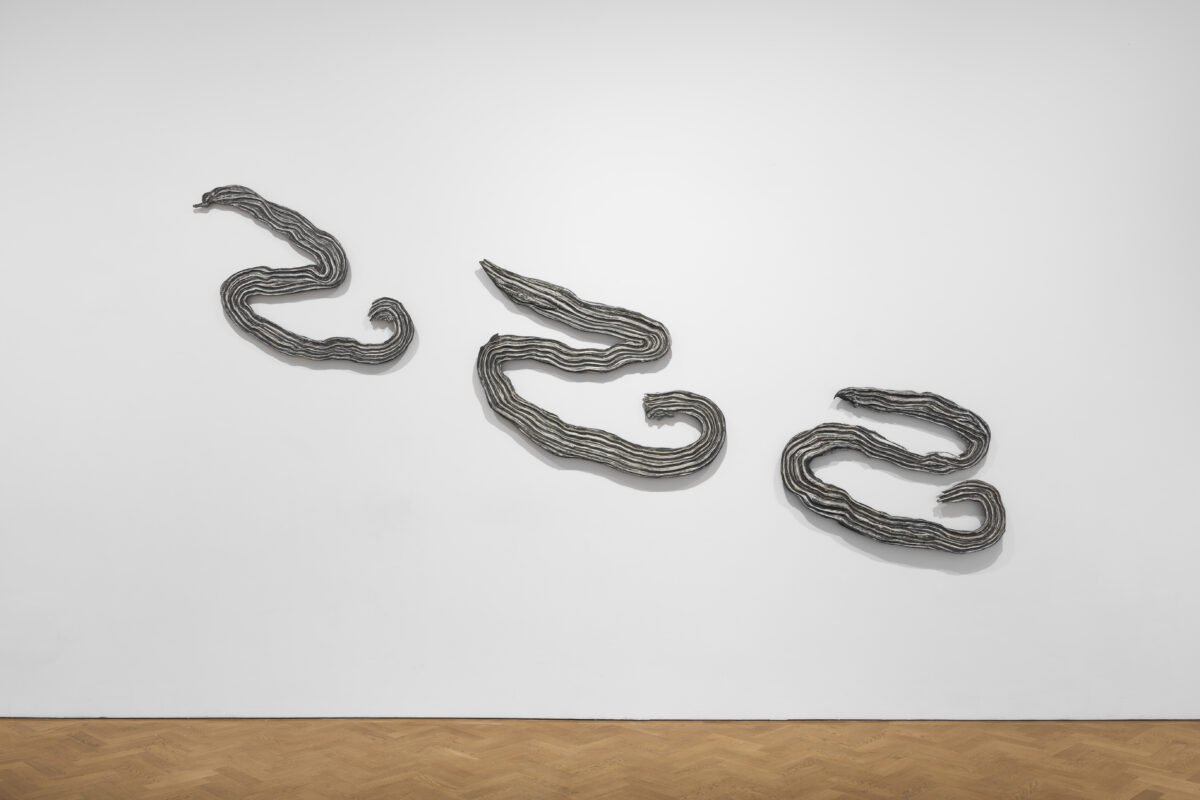
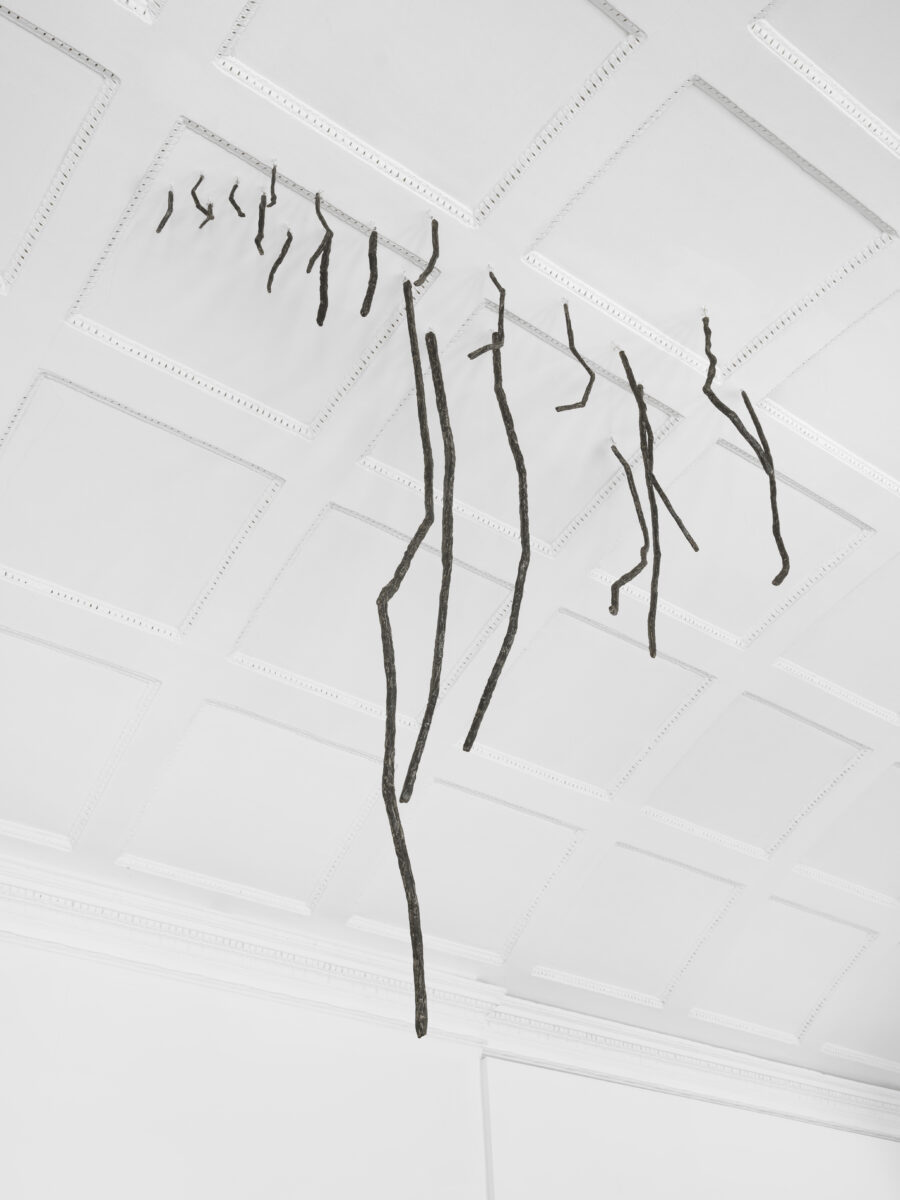
The exhibition will include painting, work on paper, concrete poetry, wall relief work and sculptural, floor-based pieces and archival material the exhibition offers a comprehensive angle on her extensive practice from the 1960s onwards. Rosemarie Castoro formulated her unique artistic idiom within the context of Minimalist and Conceptual art in 1960s New York. Her work was formed in a particular moment of the concurrence of Minimalism with an empowered female identity, a circumstance shared by other female Minimalist artists and practitioners including Agnes Martin, Anne Truitt, Eva Hesse, Simone Forti, Yvonne Rainer and Lippard.
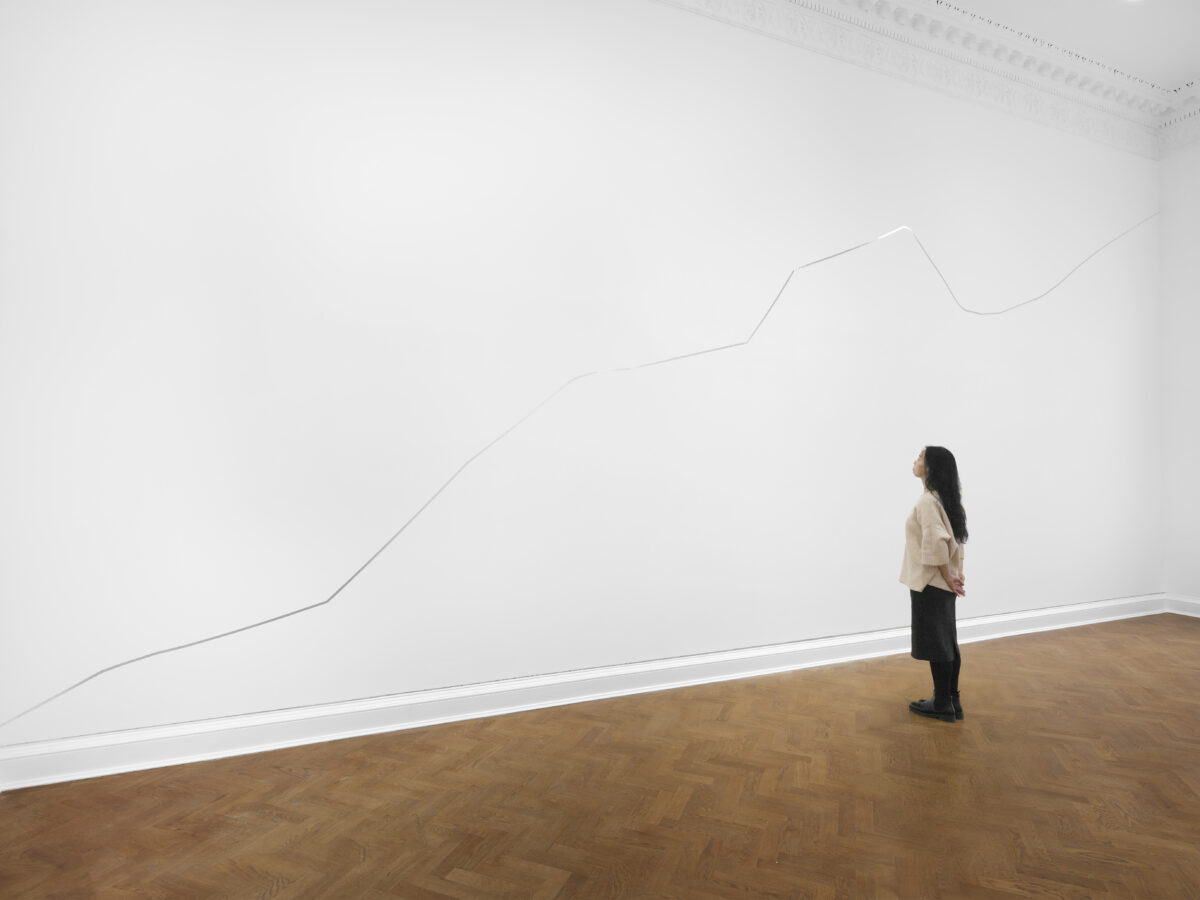
While studying graphic design at the Pratt Institute, Brooklyn, she became involved with the New Dance Group and later appeared in several performances with famed Minimalist choreographer Yvonne Rainer. Defying easy categorisation, Castoro did not like to be put in categories, she said: “People call me a minimalist, but I consider myself a maxiMUST” and she called herself a ‘painter sculptor’. A dancer’s awareness of space informed her works, which is emphasised in the performative Polaroids she took of herself interacting with them in her studio.

Alongside the exhibition at Mostyn, there will be the new outdoor presentation of ‘Trap A Zoid’. The original, shown only once in 1978, for Creative Time’s Art on the Beach on Manhattan’s lower east side. Castoro chose to work with cylindrical logs to create a field in the form of an asymmetrical geometric shape. A drawing in the collection of Yale University Art Gallery reveals the grid structure that underlies this work. A series of journal photographs from 1978 show Castoro working through the use of such arrangements of wooden elements in related works titled Pier Group and Tank Trap. In a telling inscription alongside these images is the phrase “an obstacle course for a dancer,” revealing the continued referencing of the dancer’s body in movement. These works address perception through perspective and heightened recession, a recurrence of the theme of infinity in Castoro’s work. For Mostyn, North Wales trees will be used to reflect the local context, laid in a grid overlooking the town’s local beaches.
A supporting programme of bilingual public events and talks on the value and context of her work, will draw audiences to Mostyn, raising the long-deserved public awareness and appreciation of Castoro, as well as sculpture as a medium.
Alfredo Cramerotti, Director, Mostyn, said,
The Mostyn exhibition provides an unprecedented opportunity to start new conversations and inspire new thinking about Castoro’s sculpture and reflect upon her legacy. Her work transgressed boundaries and metamorphosed into an erotically charged language, communicating a sense of empowered female identity
Rosemarie Castoro formulated her unique artistic idiom within the context of Minimalist and Conceptual art in 1960s New York, sharing a SoHo loft with then-partner and fellow artist Carl Andre that became a social hub for creatives, including Lawrence Weiner, Richard Long and Sol LeWitt. While studying graphic design at the Pratt Institute, Brooklyn, she became involved with the New Dance Group and later appeared in several performances with famed Minimalist choreographer Yvonne Rainer. Defying easy categorisation, Castoro called herself a ‘paintersculptor’, and a dancer’s awareness of space informed her works, emphasised in the performative Polaroids she took of herself interacting with them in her studio.
From 1964 onwards, Castoro created systematic works exploring colour and structural compositions in highly innovative experimentations, like her Y-Unit Interference and Inventory paintings and drawings. In 1968 – a time of political unrest in the USA – Castoro abandoned colour and started to engage with Conceptual art, street works, concrete poetry and Post-Minimalist sculpture. From the 1970s until the final years of her life, Castoro focused on sculptural experimentation, creating organic shapes that represented a parallel to the experimentation of Eva Hesse and Louise Bourgeois. Castoro had a tendency to blend media, investing her works with a bodily dimension that is rarely present in the mathematical principles underlying Minimalism. Neither wholly Minimalist nor a self-avowed feminist, her work transgressed boundaries and metamorphosed into an erotically charged language that communicates a sense of empowered female identity. The famed feminist critic and curator Lucy R. Lippard later identified her as a figure who ‘subverted or overrode Minimalism on its own turf’.
Rosemarie Castoro, Carving Space, 21st October until February 2024, MOSTYN
Alongside the exhibition and installation, Mostyn are also one of the five Welsh nationwide venue partners for the tenth-anniversary edition of Artes Mundi, the UK’s leading biennial exhibition and international contemporary art prize, with presenting partner Bagri Foundation. The shortlist of seven international contemporary visual artists include Rushdi Anwar; Carolina Caycedo; Alia Farid; Naomi Rincón Gallardo; Taloi Havini; Nguy?n Trinh Thi; and Mounira Al Solh and Mostyn will exhibit Taloi Havini.
Taloi Havini is a multidisciplinary artist using a range of media including photography, audio–video, sculpture, immersive installation and print, to probe intersections of history, identity, and nation-building within the matrilineal social structures of her birthplace, the Autonomous Region of Bougainville. At MOSTYN in Llandudno, Havini present a major immersive video installation, Habitat. Shown for the first time in Europe as a new four-channel work, it continues her ongoing investigation exploring the legacy of resource extraction and Australia’s fraught relationship in the Pacific. Havini will also display a selection of newly produced photographs from an imaginary line (2018), a series of personal family archive images that the artist has transferred from Kodachrome slides into large digital prints. Havini was born in Bougainville and lives and works in Australia.


